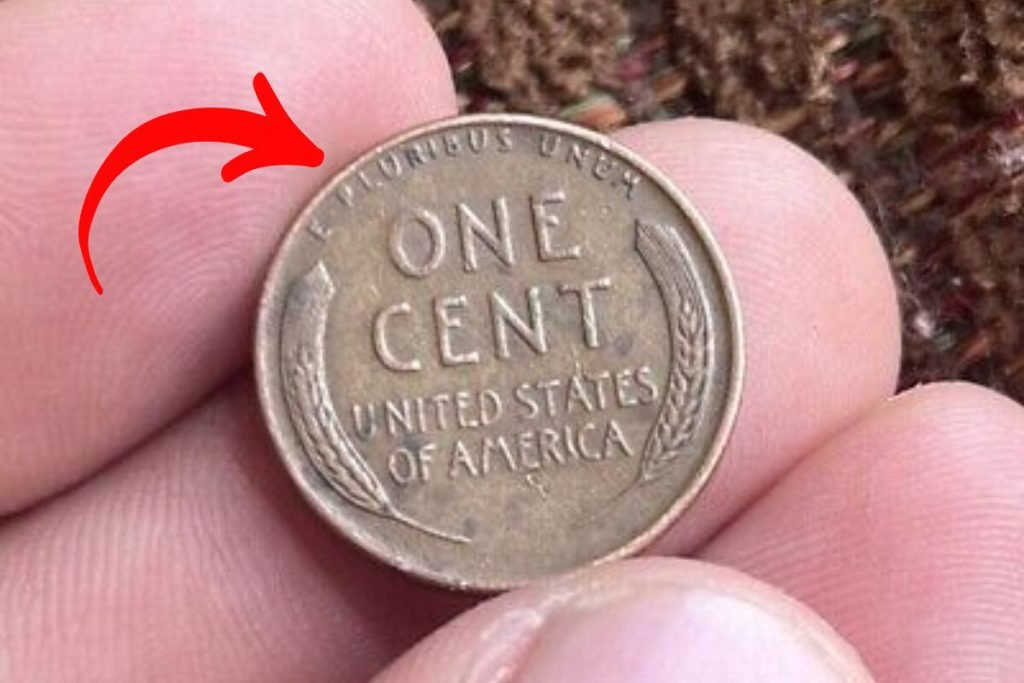Imagine finding a penny worth $2.8 million in your spare change! The Lincoln Wheat Penny, a small coin with a big story, has collectors buzzing. Some rare versions are still out there, hiding in wallets or jars. Read on to discover its history, value, and how to spot one!
What Is the Lincoln Wheat Penny?
The Lincoln Wheat Penny is a one-cent coin minted from 1909 to 1958. It features Abraham Lincoln’s profile on the front and two wheat stalks on the back, earning its nickname. While most are worth a few cents, rare versions, like the 1943 Bronze Penny, can fetch millions.
A Brief History of the Lincoln Wheat Penny
Introduced in 1909 to honor Lincoln’s 100th birthday, this coin was designed by Victor David Brenner. It was the first U.S. coin to feature a real person, replacing the Indian Head Penny. The 1943 Bronze Penny, a wartime error, is the star of the show, mistakenly struck in copper instead of steel.
Why Is It So Valuable Today?
During World War II, the U.S. Mint switched to steel pennies to save copper. A few bronze planchets slipped through, creating the ultra-rare 1943 Bronze Penny. Only about 20 exist, making them a collector’s dream. One sold for $1.7 million in 2010 and is now valued at $2.8 million
Key Lincoln Wheat Penny Values
| Year | Variety | Estimated Value (Uncirculated) |
|---|---|---|
| 1943 | Bronze | Up to $2.8M |
| 1909 | S VDB | $100K–$3M |
| 1914 | D | $30K–$159K |
| 1955 | Doubled Die | $114K–$710K |
How to Spot a Rare Lincoln Wheat Penny
Think you’ve got a treasure? Check your pennies! Look for the 1943 date and test with a magnet—bronze won’t stick, steel will. Examine mint marks (“D” for Denver, “S” for San Francisco) under the date. A magnifying glass helps spot errors like doubled text.
Steps to Identify a Valuable Penny:
- Check the Year: Focus on 1943, 1909, 1914, or 1955.
- Magnet Test: Bronze pennies don’t stick; steel ones do.
- Inspect Mint Marks: Look for “D” or “S” under the date.
- Look for Errors: Doubling in “LIBERTY” or “IN GOD WE TRUST” is a clue.
- Consult Experts: Get it graded by PCGS or NGC for authenticity.
Notable Facts About the 1943 Bronze Penny
- Rarity: Only 15–20 known examples exist.
- Discovery Story: A teenager found one in his cafeteria change in 1947
- Auction Records: A 1943 Bronze sold for $204,000 in 2019.
- Counterfeits: Beware of fakes; always authenticate with a professional.
Rare Lincoln Wheat Penny Varieties
| Variety | Mintage | Key Feature | Value Range |
|---|---|---|---|
| 1943 Bronze | ~20 | Copper error | $100K–$2.8M |
| 1909-S VDB | 484K | Designer’s initials | $950–$3M |
| 1955 Doubled Die | ~24K | Visible doubling | $75–$710K |
| 1914-D | 1.2M | Low mintage | $280–$159K |
Expert Tips for Coin Collectors
- Start Small: Check pocket change or coin rolls from banks.
- Learn Key Dates: Focus on 1909-S VDB, 1914-D, and 1943 Bronze.
- Preserve Condition: Don’t clean coins; it lowers value.
- Get Professional Grading: Use PCGS or NGC for authentication.
- Join Communities: Connect with collectors online or at coin shows.
Frequently Asked Questions
Q: Can I still find a 1943 Bronze Penny in circulation?
A: It’s possible but rare. Check old coin jars or inherited collections.
Q: How do I know if my penny is valuable?
A: Look for key dates, mint marks, or errors, and get it appraised.
Q: Where can I sell a rare penny?
A: Try reputable dealers, auctions like Heritage, or eBay after grading.
Q: Are all Lincoln Wheat Pennies valuable?
A: No, most are worth a few cents unless they’re rare or in mint condition.
Conclusion
The Lincoln Wheat Penny is more than pocket change—it’s a piece of history with the potential for life-changing value. The 1943 Bronze Penny, valued at $2.8 million, could still be out there. Next time you get change, take a closer look—you might find a treasure! Share this post or join a coin collecting group to start your hunt today!

